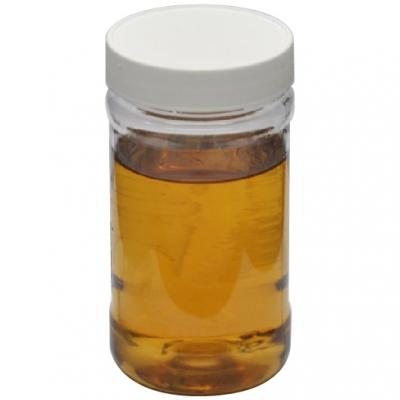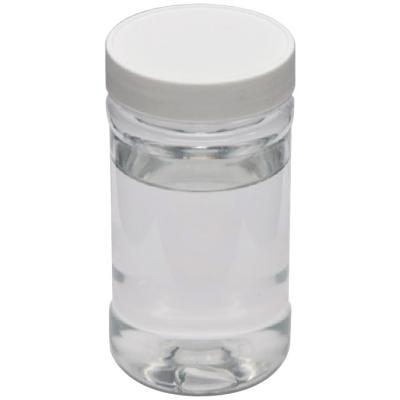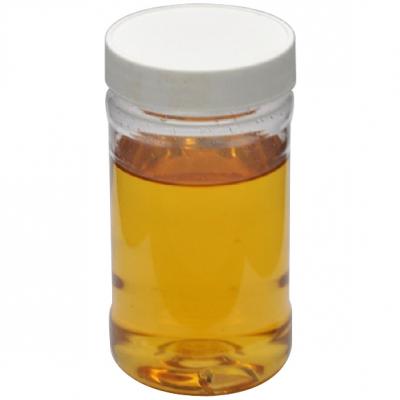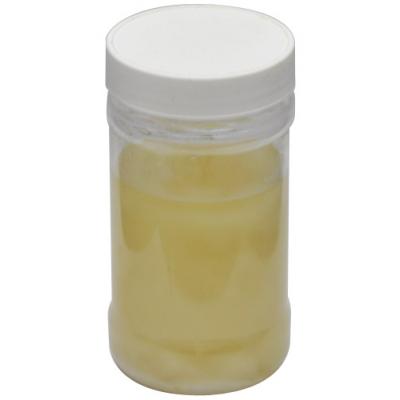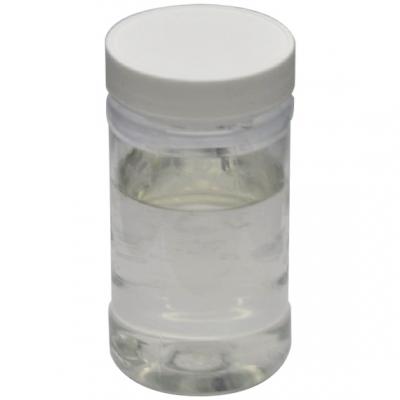Color fastness is a very important reference indicator for dye products. If color fastness is good, the textile is not easy to fade in the post-processing or use process; if color fastness is poor, textile will fade seriously, colored slightly, or stain, which will affect the appearance and cause a lot of inconveniences.
The common questions of about color fastness
1. Color fastness to sunlightThe parts of clothing like coat under sunlight will fade or discolor (usually the back and shoulder parts) while other parts don not, resulting in different parts of the product looks different so that the product cannot be used.
2. Color fastness to water cleaning, soaping, and dry cleaning
This problem would likely to exist in advanced silk clothing, wool clothing, cotton clothing.
3.Color fastness to rubbing
During using, because the degree of friction different parts of clothing is different, the degree of fade is different. For example, the elbow, collar, and armpit of shirt or sleeves are most likely be faded. In addition, buttocks and knee parts of pants are also easy to fade.
4. Color fastness to perspiration
Mainly because clothing will fade owing to the sweat in summer.
Factors that affect color fastness
Factors affecting the color fastness of textiles can be divided into internal factors and external factors. Internal factors refer to the firmness of the combination of dyes and fibers. External factors refer to the external forces or the environmental conditions which the external factors produced during the use of the product. External factors sometimes can not be controlled, so producers should strive to improve the color fastness of the product itself.Improvement of color fastness
1. Selection and use of dye materialsDye material is very important to the color fastness of a product. If the dye material is not appropriate, no matter how good the process is, there is no way to dye high-quality color fastness. Only if you choose the right dye, the next step can continue.
More meticulously, you can choose dyes from many aspects such as the characteristics of fiber, the depth of color, the color fastness of the dye itself, the dyeing rate of the fiber, the good compatibility between the dyes, the number of dyes required to reduce and so on. It is very useful for the next step.
2. The selection and use of auxiliaries
After determining the kind of dyes, choosing auxiliaries is also very important. Generally try to choose supporting auxiliaries to dyes, if choosing ordinary dyes, you have to focus on the use and the amount of auxiliaries. For dark colors, the dye is not easy to exhaust, so you can add the auxiliaries in batches to improve the utilization. Improving the durability of dye adsorption can also play a role in fixing.
3. Make dyeing process
Dyeing process is the key link in dyeing. When making dying process, the determination of dyeing time, heating rate and holding time must be based on dyes and products. For light color, the heating rate must be slow and the holding time can be shorter; for dark color, the heating rate can be fast, but the holding time must be sufficient, so that the dye and fiber can be fully combined to achieve the purpose.



 English
English  日本語
日本語  Español
Español  tiếng việt
tiếng việt  Türkçe
Türkçe  ไทย
ไทย  українська
українська  हिंदी
हिंदी  বাঙালি
বাঙালি  اردو
اردو 
